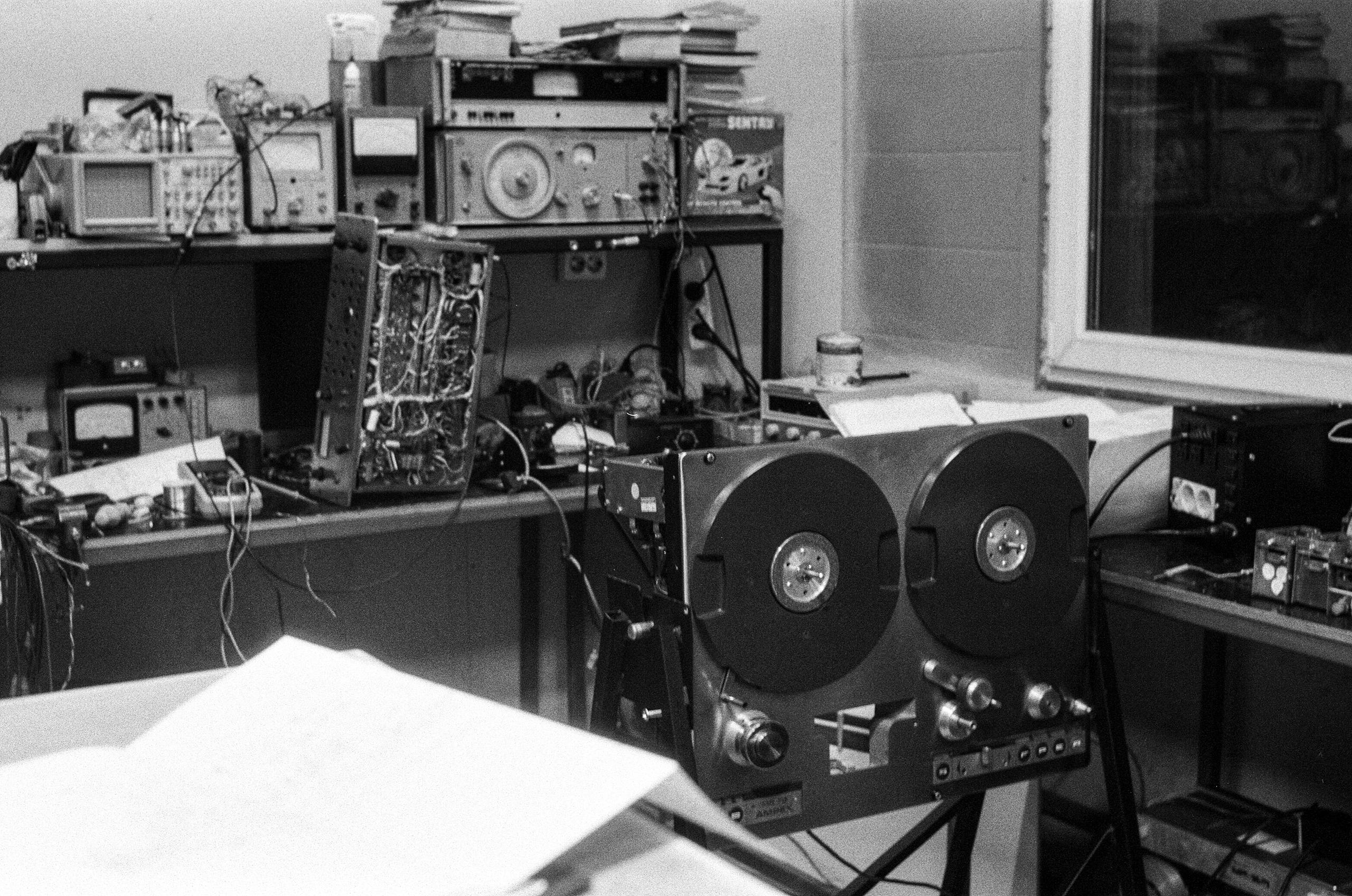From Newton to Algorithms: 5 Incredible Stages in the Evolution of Technical Theories Through the Ages 🚀
The history of technical theories is not just a collection of dusty books and equations—it’s a thrilling story of human curiosity, ambition, and the relentless quest to understand the universe. From Isaac Newton’s groundbreaking laws of motion to today’s sophisticated algorithms that power artificial intelligence, the evolution of scientific thought has transformed our world in ways our ancestors could hardly imagine. Each stage in this journey reflects not just a leap in knowledge, but a profound shift in how we think, communicate, and innovate.
Understanding the progression from classical mechanics to the age of machine learning is like tracing the path from the first spark of fire to the blazing networks of today’s data-driven society. Along the way, countless inventors, mathematicians, and visionaries laid the groundwork for the technological marvels we now take for granted. This article takes you through five major stages in the development of technical theories—each one a milestone that redefined human capability. Whether you’re a history enthusiast, a technology buff, or simply curious about how ideas evolve, this journey will give you a deeper appreciation for the intricate web of discoveries that led us here.
1. The Newtonian Era – Foundations of Classical Mechanics
In the 17th century, Sir Isaac Newton formulated his famous laws of motion and universal gravitation, laying the groundwork for classical mechanics. His work, encapsulated in the *Philosophiæ Naturalis Principia Mathematica*, provided a mathematical framework to predict the motion of objects, both terrestrial and celestial. This wasn’t just about apples falling from trees—it was about understanding the forces that bind the cosmos.
The Newtonian approach dominated science for centuries, influencing everything from engineering to navigation. It enabled the industrial revolution, powered advances in mechanics, and formed the backbone of education in physics for generations. The predictability and precision of Newton’s equations gave humanity an unprecedented sense of control over nature, marking the first major leap in technical theory.
2. The Rise of Electromagnetism and Thermodynamics
By the 19th century, scientists like James Clerk Maxwell and Rudolf Clausius expanded our understanding with theories of electromagnetism and thermodynamics. Maxwell’s equations unified electricity and magnetism, paving the way for modern electrical engineering, telecommunications, and electronics. Meanwhile, thermodynamic laws revolutionized our understanding of energy and heat transfer, which powered the steam engines and industrial growth of the time.
This period wasn’t just about discovery—it was about integration. The linking of previously separate scientific domains allowed for innovations like the telegraph, electric lighting, and eventually the electrical grid. These breakthroughs represented the second great stage of technical theory evolution, where forces beyond the purely mechanical took center stage.
3. Relativity and Quantum Mechanics – The Modern Physics Revolution
The early 20th century shattered the seemingly unshakable Newtonian worldview. Albert Einstein introduced the theory of relativity, showing that space and time are intertwined and relative to the observer. At the same time, quantum mechanics emerged through the work of scientists like Niels Bohr and Werner Heisenberg, revealing a strange, probabilistic micro-world that defied classical logic.
These theories didn’t just expand physics—they fundamentally altered our conception of reality. Without them, technologies like GPS, semiconductors, and nuclear power would be impossible. This third stage highlighted the limits of human perception and showed that the universe operates in ways far more complex than our everyday experiences suggest.
4. The Digital Age – Birth of Computer Science and Algorithms
The mid-20th century saw the rise of computer science as a discipline. Figures like Alan Turing pioneered the concept of algorithms—step-by-step instructions that could be executed by machines. This idea transformed not just science, but every sector of society, from banking to medicine. The development of the first programmable computers ushered in the Information Age, where data and computation became as valuable as oil and steel once were.
Algorithms are now the invisible engines behind search engines, financial markets, and logistics networks. The very fact that you’re reading this online is thanks to decades of algorithmic refinement and network theory. For a deeper look at how algorithms shape our world today, you can explore IBM’s overview of algorithms.
5. The Age of Artificial Intelligence and Big Data
Today, we’re in the midst of the fifth stage: artificial intelligence (AI) and big data analytics. Powered by machine learning algorithms, modern AI can recognize speech, translate languages, diagnose diseases, and even create art. Massive datasets fuel these systems, enabling them to improve continuously—a stark contrast to the static laws of classical science.
This era builds upon all previous stages, integrating physics, mathematics, computing, and network theory into a dynamic system of continuous learning. Businesses are leveraging AI to automate processes, improve decision-making, and create new products, while researchers push the boundaries of what machines can understand and do. For more insights into AI applications, you can visit our WhatsApp community where we share daily tech and AI tips.
Conclusion
From Newton’s precise equations to today’s adaptive algorithms, the evolution of technical theories is a story of expanding human horizons. Each stage built upon the last, unlocking new possibilities and transforming how we live, work, and think. Understanding this progression not only deepens our appreciation for science but also helps us prepare for the innovations yet to come.
The journey is far from over—future stages will likely be shaped by technologies and ideas we can barely imagine today, continuing the timeless human quest for knowledge.


